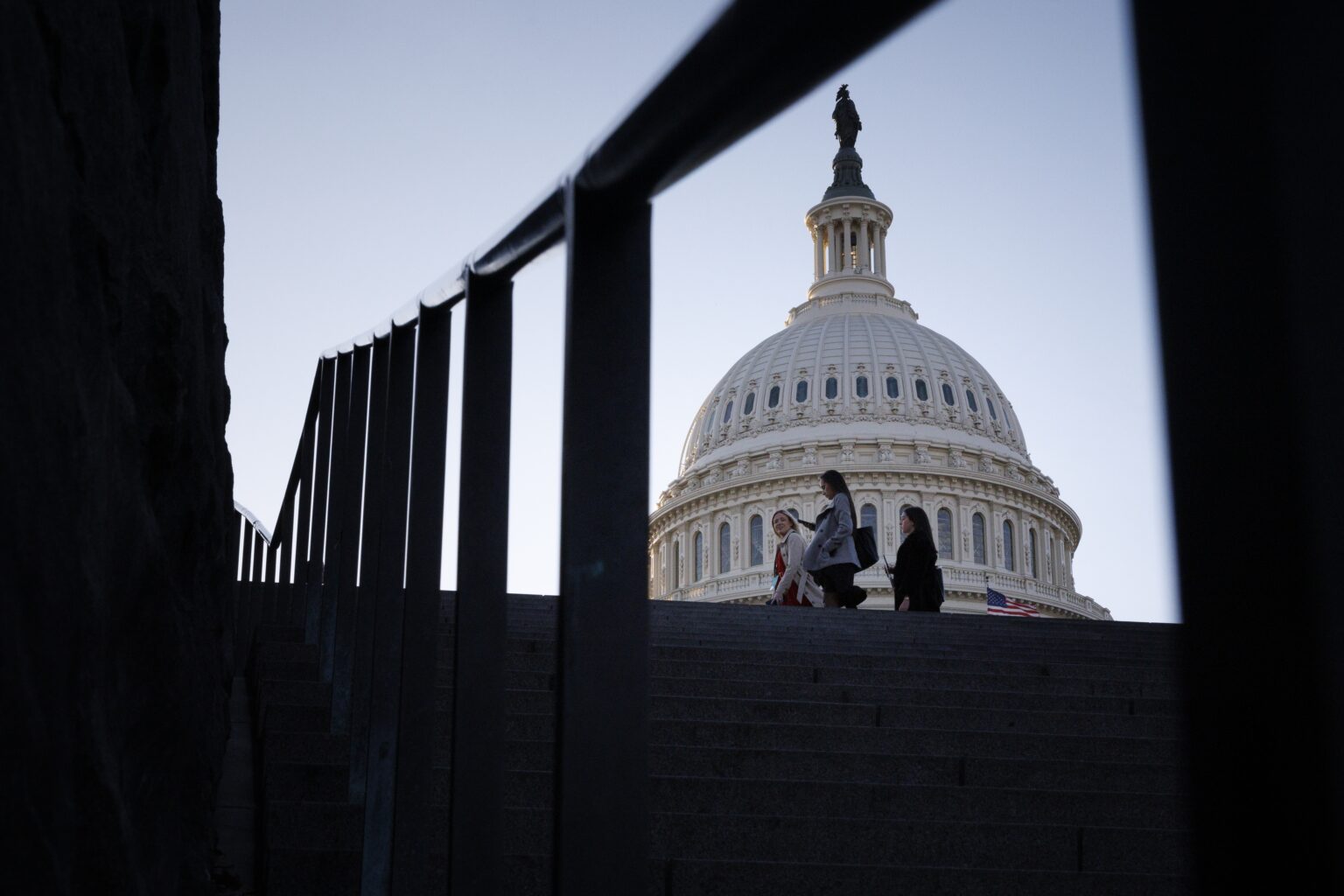Addressing the Threat of Political Violence in Congress: A Call for Preparedness and Reform
The Rising Concern Over Politically Motivated Attacks
Last autumn, two veteran lawmakers nearing retirement engaged in a candid and uncomfortable dialogue about a pressing issue: what should Congress do if its own members become victims of politically motivated violence? Although these discussions did not yield concrete policies at the time, recent events have cast a stark light on the urgency of such conversations. The targeted killing of a Minnesota state legislator and an attempted assassination of another have underscored the dangerous reality of political violence in the United States.
The Need for Institutional Safeguards
In September, Representative Derek Kilmer (D-Washington) expressed his apprehension about the potential for political violence, emphasizing that a deeply divided Congress could inadvertently inspire extremists to attack federal officials. He highlighted the importance of contemplating the unthinkable-an essential step in preparing for worst-case scenarios.
Meanwhile, Representative Brad Wenstrup (R-Ohio), a former combat surgeon with experience in Iraq, pointed out that while the federal government has established succession plans for the presidency-such as the line of presidential succession-there is a significant gap when it comes to replacing individual House members. The Constitution mandates that vacancies be filled through special elections, a process that can take anywhere from three months to over a year, depending on state laws.
The Impact of Political Instability on Legislative Power
In a political landscape where control of the House can hinge on a single seat, prolonged vacancies pose a serious threat to legislative stability. Recent elections have resulted in razor-thin majorities-sometimes by just a few votes-making each seat critical. Kilmer warned that this fragile balance could incentivize violence aimed at shifting power dynamics, a perilous scenario that demands proactive measures.
Recent Incidents and Growing Security Concerns
The tragic shooting in Minnesota, where a gunman killed a state House member and wounded a senator, has reignited debates on Capitol Hill about safeguarding lawmakers. Although security measures have been reportedly enhanced following the incident, there remains a notable lack of comprehensive strategies to address the aftermath of such violence.
Threat assessments reveal that threats against members of Congress remain alarmingly high. Data from the U.S. Capitol Police indicates nearly 9,500 threats last year-more than double the number from eight years prior. Analysts attribute this surge to increasing political polarization and incendiary rhetoric, notably during the Trump era, culminating in the January 6, 2021, attack on the Capitol.
Legislative Responses and Calls for Action
In response to recent violence, congressional leaders from both parties have urged the Department of Justice to allocate more resources for prosecuting threats against lawmakers. The Capitol Police have also established an internal unit dedicated to investigating these cases. Additionally, lawmakers are advocating for greater flexibility in using taxpayer funds to secure their homes and offices, emphasizing that protection should be a priority.
Senate Minority Leader Charles Schumer (D-New York) publicly called for increased security funding, underscoring the persistent threat to lawmakers’ safety. The pattern of violence-from the 2017 shooting at a Republican baseball practice to the recent Minnesota attack-illustrates that a significant portion of the population harbors the willingness to commit acts of violence against elected officials.
Proactive Planning for Continuity of Government
Kilmer and Wenstrup, both nearing retirement, initiated discussions about the potential institutional chaos that could ensue if multiple lawmakers were targeted. Their concerns proved prescient as the Minnesota incident unfolded, revealing vulnerabilities in state-level legislative stability. In Minnesota, the state House was evenly split, and a single seat’s change could have shifted control. Fortunately, the legislature was not in session, and the impact was minimal.
However, the broader concern remains: what if similar violence occurred at the federal level? Currently, there is no comprehensive plan to ensure the continuity of Congress in such scenarios. The process for replacing House members-via special elections-can be slow, risking legislative paralysis during critical moments.
The Challenge of Constitutional Amendments
Proposed solutions include establishing a formal succession plan for Congress, akin to the presidential line of succession. One idea involves each House member designating five potential successors, with governors appointing replacements until a special election can be held. While this approach could provide stability, it would require a constitutional amendment-a complex and arduous process involving supermajorities in Congress and ratification by three-fourths of the states.
Efforts to amend the Constitution have been sporadic, with some lawmakers, such as Representatives Emanuel Cleaver II (D-Missouri) and William Timmons (R-South Carolina), sponsoring bills to formalize such procedures. However, these initiatives have yet to gain significant traction or be reintroduced.
The Path Forward: Creating a Task Force
Experts suggest that establishing a bipartisan, dedicated task force could be instrumental in addressing continuity issues and other related concerns. House Speaker Mike Johnson (R-Louisiana) and House Minority Leader Hakeem Jeffries (D-New York) are encouraged to form an evenly divided committee to study these challenges thoroughly-an approach that could foster bipartisan consensus and proactive planning.
Legislative Initiatives and Future Steps
Recently, Representative Kilmer introduced the Preventing Political Violence Act, proposing the creation of a federal task force comprising members from multiple agencies. This body would produce interim reports and a comprehensive set of recommendations within two years. Although the bill has garnered some support, it remains in committee and has yet to be enacted into law.
Conclusion: Preparing for an Uncertain Future
The increasing frequency and severity of threats and acts of violence against lawmakers underscore the urgent need for comprehensive preparedness strategies. While the legislative process for constitutional amendments is complex, the importance of establishing clear protocols for continuity and security cannot be overstated. As political tensions continue to escalate, proactive measures-ranging from security enhancements to institutional reforms-are essential to safeguard the integrity of American democracy and ensure its resilience in the face of adversity.

